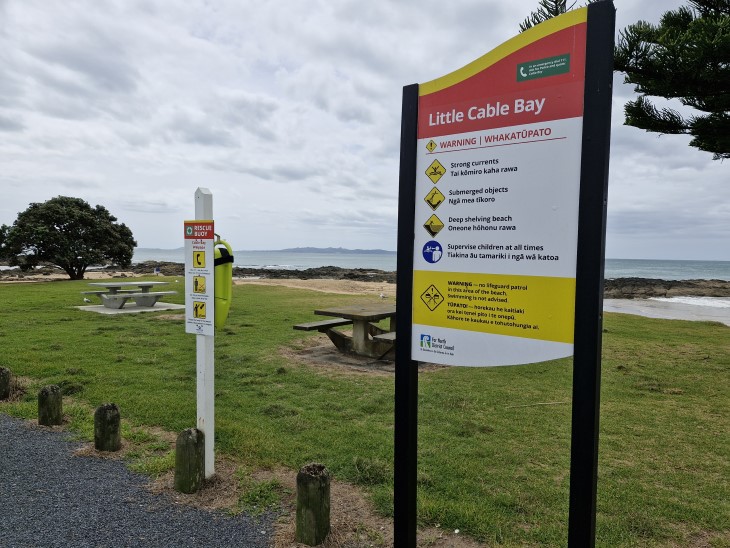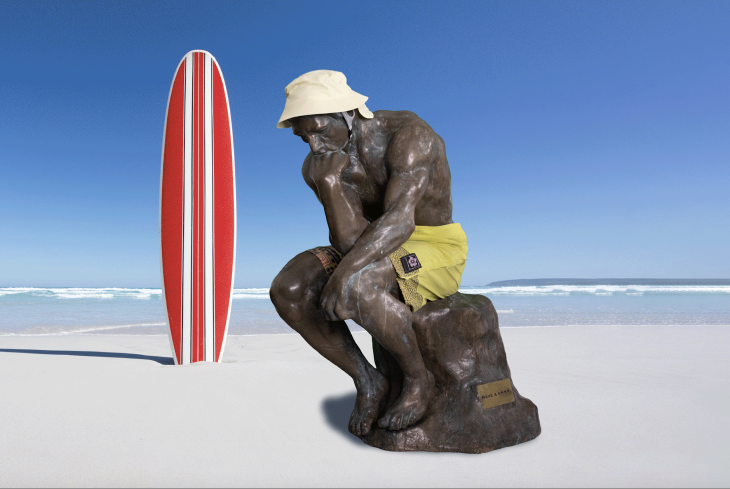Sharing stories of water trauma to help others
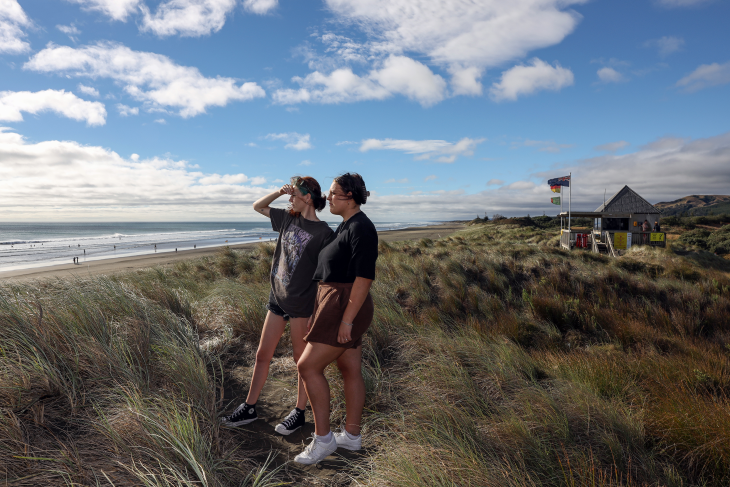
The theme of World Drowning Prevention Day this month is ‘Share your story’, to encourage people to speak openly about their experiences. So we’re sharing the stories of three New Zealanders who either lost a loved one or nearly lost their own lives.
‘I was sure I was going to die’
For more than two years, Paris Schlooz was triggered by the sound of the ocean.
The 20-year-old from Manurewa nearly drowned at Muriwai Beach on 8 November 2019. It’s a day she’ll never forget.
“It was a hugely traumatic experience,” she says.
“I didn’t want to go back to the beach for two years. A long time after, we went to a really calm beach. There were no waves, but I didn’t want to go anywhere near the water.
“Just hearing the sound of the waves takes me back to my terrifying experience.”
Paris and her older sister Maddison made a last-minute decision to head to the beach. They had never been to Auckland’s west coast before, and she couldn’t believe how quickly they were in water above their heads.
After a few minutes, Paris and her friends were caught in a rip and were pulled out to sea.
“I felt totally out of control,” Paris says.
At the same time, she was getting pummelled by wave after wave. She couldn’t catch her breath.
“I was being thrown all over the place and I was losing energy.”
By chance, a group of off-duty lifeguards and surfers came to their aid. There were no official lifeguards patrolling the beach at that time of the year.
The surfers collected Paris and another friend on their board and took them back to shore.
“We were so lucky they were there at that moment. They saved our lives. I’m so grateful for what they did for us,” Paris says.
“I was in a bad way. I was so weak. I was semi-conscious and spewing for ages.”
She was wrapped in a survival blanket to stay warm and then taken to hospital by the Auckland Westpac Rescue Helicopter.
Paris has some sound advice for others swimming at west coast beaches.
“Don’t rush in – take your time to assess the conditions,” she says.
“Since that day, I’ve never looked at the ocean the same.”
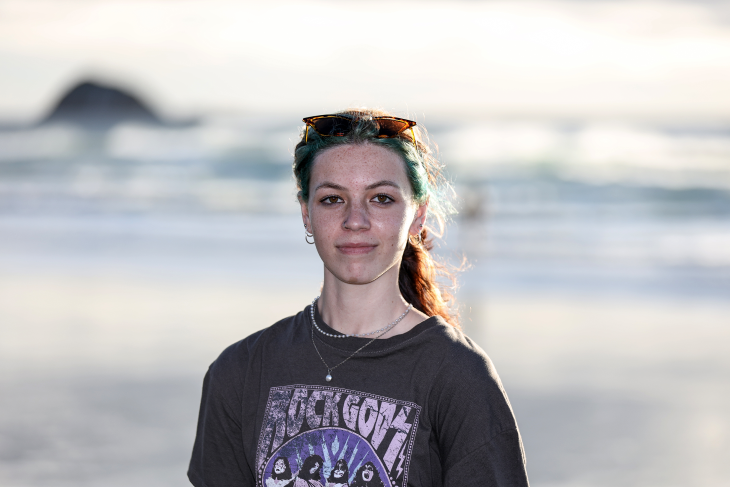
‘It’s a miracle I was found’
Diver Todd Russell was stranded in the middle of the notoriously unpredictable Cook Strait.
Alone in the choppy water, he was equipped only with a wetsuit, flippers, a buoyancy control device (BCD) and his bright orange safety sausage.
Twilight was closing in and he was struggling to breathe as the wild seas engulfed him.
He was out for a dive with some mates and was separated from the other divers. He was swept out to sea and lost sight of the boat.
“I was inhaling a lot of water and throwing up a lot,” he says.
“I’d be gasping for air in the moments I wasn’t being sick, which was happening over and over again.”
It was just two days before Christmas in 2019 and Todd was starting to think about how the festive period would forever be ruined for his family if he didn’t survive.
“There was a moment where I thought, ‘I’m not going to die out here – that’s just not happening’,” he says.
The Westpac Rescue Helicopter and three rescue boats – helmed by the Police, Coastguard and airport personnel respectively – were all sent out to track down Todd.
But it was like looking for a needle in a haystack and hopes were fading.
“I honestly thought I was just going to curl up and spend the night in the Cook Strait,” he says.
“I was watching the boats disappear, but I was holding up my safety sausage – which is an inflatable, bright orange thing.
“One of the police officers saw a little glint of orange out the back window of the boat, so they turned around.
“I’m eternally gratefully for the guys that found me and plucked me out.”
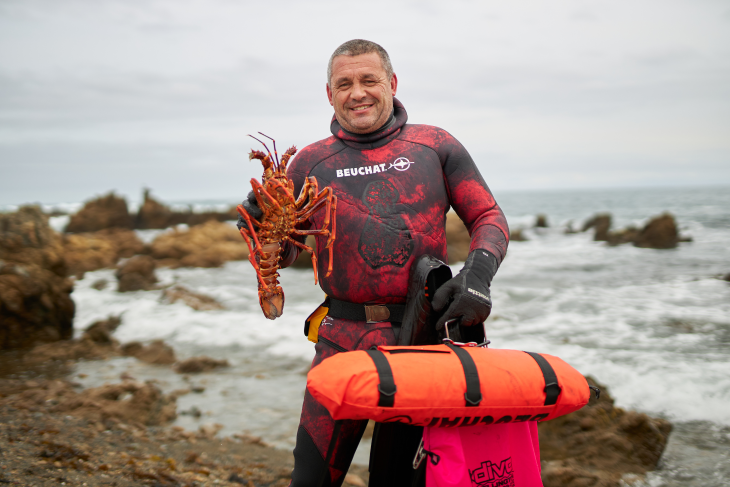
‘I don’t want other parents to go through this’
In the days leading up to Christmas four years ago, Karen Skellett received a call she would never forget.
Karen’s son Jack had recently bought a kayak off TradeMe and, on the morning of 20 December 2021, he went out for a trip from Wellington’s Petone Beach.
It's believed the 23-year-old had planned to paddle around Matiu-Somes Island. With Jack being such an active and outgoing person, Matamata-based Karen didn’t immediately fear the worst when a call to her son went unanswered that evening.
The outlook changed when Jack’s van was found that night at Petone wharf without the kayak.
“It was just that realisation,” she says.
“We were walking up and down from Eastbourne to Days Bay, and it was so windy and raining, the sea was so rough that you just knew he wasn’t going to be found alive. You knew it wasn’t going to be a good outcome.”
Jack’s body was found the following evening.
Karen is sharing her story in the hope others don’t have to experience her pain.
She wants to raise awareness about the dangers of getting into any water-based activity without the right training and support, particularly young adult males who may think they’re bulletproof.
“I just don’t want other parents to have to go through this,” she says.
“It’s been hard to get used to not talking to him every day. He’s left a huge hole in my life that no one else can fill.”
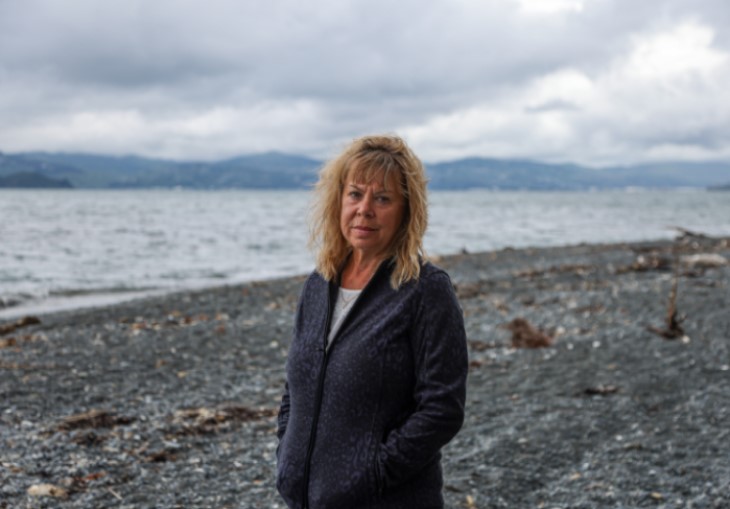
Sobering stats in Aotearoa
In 2024, New Zealand recorded 74 drowning fatalities – the lowest annual toll since 2018 and a 14 per cent drop from the 10-year average.
While the reduction is encouraging, Water Safety New Zealand interventions lead Esther Hone (Ngāpuhi) says the risks remain real.
Since 2014, an average of 86 New Zealanders drown every year in incidents that could have been prevented. Fatalities involve preventable behaviour such as not wearing a lifejacket, entering the water alone, consuming alcohol and other drugs, or underestimating conditions.
“We’re making progress, particularly with our tamariki (children), but every life lost is one too many,” Esther says.
“World Drowning Prevention Day is a chance to speak up, share our stories, and help shape a culture where water safety is second nature. We believe every child deserves the knowledge, experience and confidence to survive in the water – not just swim in it.”
ACC injury prevention leader James Whitaker says World Drowning Prevention Day is an opportunity to be more mindful of the risks in and around the water.
“A drowning is a devastating event for any whānau and community, and our hearts go out to every family who has lost a loved one,” he says.
“Most of these tragic drownings are preventable if we take time to consider the risks.”
James stresses the importance of following the Water Safety Code.
“Far too many New Zealanders are drowning, and these events are preventable,” he says.
“Aotearoa New Zealand’s beaches, lakes and rivers provide us all with amazing opportunities to enjoy ourselves and connect with friends and families.
“If we take time to assess the risks and make smart choices before we jump in, we can keep on doing the things we love.”
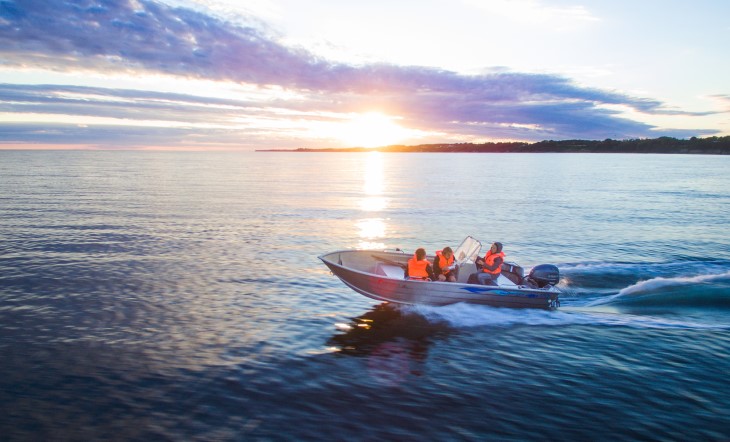
Drowning numbers in New Zealand
- In 2024, New Zealand recorded 74 drowning fatalities – the lowest annual toll since 2018
- Men continue to be overrepresented – 73 per cent of drownings in 2024 were male adults (aged 25 and above)
- In 90 per cent of craft-related drownings in 2024, those who drowned were not wearing a life jacket
- Of all the drownings in 2024, 88 per cent were adults
- Nearly 20 per cent of drownings in 2024 were at one of the country’s highest-risk drowning locations
Water Safety Code
- Know how to float
- Find the safest place
- If in doubt, stay out
- Take care of yourself and others
- Know how to get help




